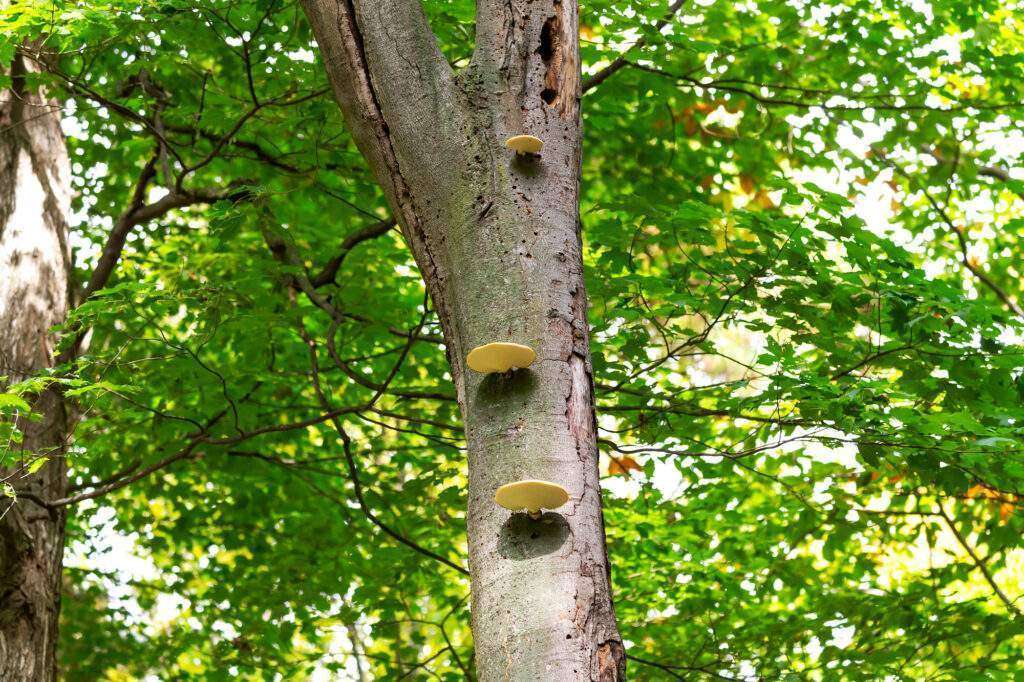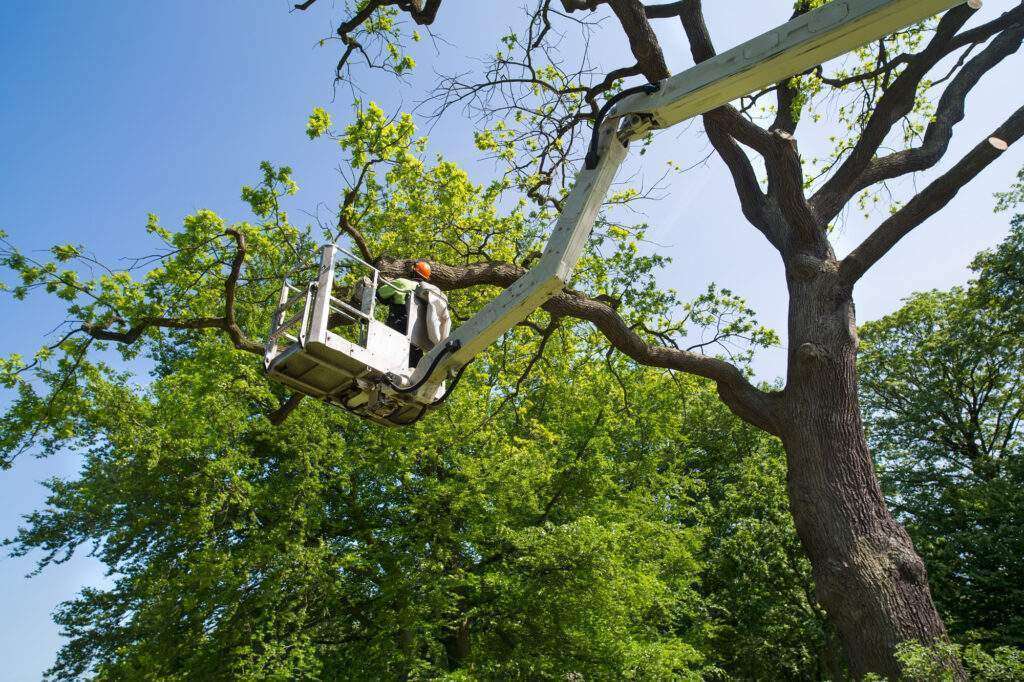
Have you ever noticed your favorite shade tree looking a little discolored? Perhaps it’s not growing as tall anymore, or its leaves are falling off earlier than usual? These could be signs that your beloved tree is unwell and needs intervention.
Fortunately, one can take several steps to revive an unhealthy tree and get it back on its feet health-wise. This feature will discuss the common signs of an unhealthy tree and the steps you can take to help it recover. Keep reading for more information.
Visible Signs That Your Tree Is Unhealthy
The health of a tree can be easily determined by looking for obvious signs, such as the following:
1. Discolored Leaves
Discolored leaves can be an indication of an unhealthy tree. The color may vary from yellowish green to brown and black, depending on the cause behind it. Generally speaking, if most of the leaves are discolored even though it’s not the fall season in Australia, there’s likely something wrong with the tree.
2. Bark Damage
The bark is the outermost layer of tree protection and is especially important in young trees. When damaged, it can lead to further issues that threaten the tree’s health.
The most common types of bark damage include cracking or peeling away from the trunk, raised bumps on the surface, and deep gouges caused by animals or tools. If there are any signs of broken or missing bark, it’s essential to protect your tree from further harm.
3. Fungal Growth
Fungal growth on tree bark is a sign of an unhealthy tree. The presence of mushrooms growing from the trunk or branches is evidence that the tree’s bark has been compromised and fungi are thriving in their weakened state. Keep in mind that fungi can cause serious damage to trees, leading to wood decay and even death if left unchecked.
4. Dead Branches
Another common sign of an unhealthy tree is dead branches. Several factors, such as severe weather or insect infestation, may cause dead branches. If overlooked, these can spread to other parts of the tree and weaken it significantly. Hence, it’s important to recognize this problem early on so that you can take steps to revive your tree before severe damage occurs.
5. Presence Of Pests
Pest infestation is typically caused by poor nutrition, lack of moisture, and overcrowding of other nearby trees or plants. The presence of pests can include termites, beetles, ants, bugs, and caterpillars which feed on leaves and fruits. It’s important to take all necessary steps when reviving a tree affected by pests, as these measures may prevent further damage and promote healthy growth in the future.

Steps To Revive An Unhealthy Tree
The first step to reviving an unhealthy tree is to identify the underlying cause of its distress. A trained arborist in your area, such as tree pruners in the Eastern Suburbs, can help diagnose the problem accurately and provide appropriate treatment recommendations, including the following:
1. Identify The Problem
Once it has been determined that a tree is unhealthy, the next step is to identify and diagnose the problem. This can be done by examining various aspects of the tree, such as its leaves and bark or any visible signs of damage from pests or disease. Once an issue has been identified, you need to determine if any steps can be taken to revive it.
If a pest infestation is causing the problem, then pruning away dead branches, using insecticides, and removing diseased plants around the tree may help. If environmental factors like drought or too much water are at fault, adjusting to those conditions can also improve health.
2. Pruning And Trimming
Pruning and trimming are essential steps to take when trying to revive an unhealthy tree. It eliminates dead, diseased, or damaged branches, allowing the tree to focus on growing healthy new foliage.
Proper pruning also helps promote air circulation in the canopy, reducing the risk of disease. It’d be best to prune during the dormant season for the best results, as this will cause less stress on the tree than if it were done during times of active growth.
When making cuts, ensure they’re clean and angled away from the branch collar. This is where a branch attaches to another larger limb or trunk and can be identified by its swollen appearance.
Avoid leaving stubs behind after pruning, as these can provide entry points for pests and diseases into your tree’s system. Lastly, make sure any tools you use are sharp and disinfected before each use.
3. Soil Improvement
To revive an unhealthy tree, it’s crucial first to improve the quality of its soil. One way to do this is through aeration. This process involves using either hand tools or mechanical equipment to remove compacted layers from the soil, allowing for better water and oxygen penetration that helps plant roots take in nutrients more effectively.
Additionally, adding organic matter will help break up hard soils and increase nutrient availability to the tree’s root system. Mulch should add around the base of the trunk to keep moisture levels consistent and protect the roots from extreme temperatures as well.
Regularly checking on your tree’s health and ensuring its environment is conducive to growth are critical steps toward helping them become strong and vibrant again. Taking these simple but necessary actions will provide your tree with the best chance of recovery while ensuring you can enjoy its beauty for years.
4. Fertilizing
Fertilizer helps replenish essential nutrients in the tree and encourages vigorous growth. Nonetheless, too much fertilizer can be detrimental; an unhealthy tree will likely require a different type of fertilizer than one that is healthy.
When determining how much fertilizer to use, you should check for signs of nutrient deficiencies. These may include yellowing or discolored leaves, stunted growth, weak branches or limbs, and wilting foliage. If these symptoms are present, the tree needs more fertilizer nutrients to revive itself.
It’s crucial to select the right kind of fertilizer for your specific tree species and its current health status. After choosing the appropriate type of fertilizer, apply it around the tree’s base at least twice a year. This ensures that all plant parts receive adequate nutrition throughout every season.
5. Watering
Watering is an essential part of any tree’s health. So, when looking for signs of dehydration in a plant, pay close attention to how quickly the topsoil dries after rainfall or irrigation.
If the soil’s drying too fast, your tree may need more water than nature can provide. In this case, you should supplement its natural source by setting up a drip irrigation system or using soaker hoses around the root zone of the affected trees. This will help keep them hydrated without drenching them every day. And consider mulching around your trees, which helps retain moisture while reducing weed growth and controlling temperature fluctuations in hot climates.
Regularly scheduled deep-watering throughout the year are crucial for keeping trees healthy during dry spells too. During these times, ensure not to over-water, especially if there’s already been recent rain, as this can lead to root rot and other problems caused by excessive soil moisture levels.
Conclusion
The signs of an unhealthy tree can vary, yet discolored leaves, bark damage, fungal growth, and dead branches are all common telltale signs. It’s important to start with soil improvement by ensuring the soil well-drains and has adequate nutrients for root absorption to revive your tree.
Further, caring for a sickly tree requires vigilance on the gardener’s part. By investing time into improving soil conditions, fertilizing regularly, and watering appropriately while keeping an eye out for any diseases or pests that may arise, you’ll have taken significant steps towards reviving your beloved tree.